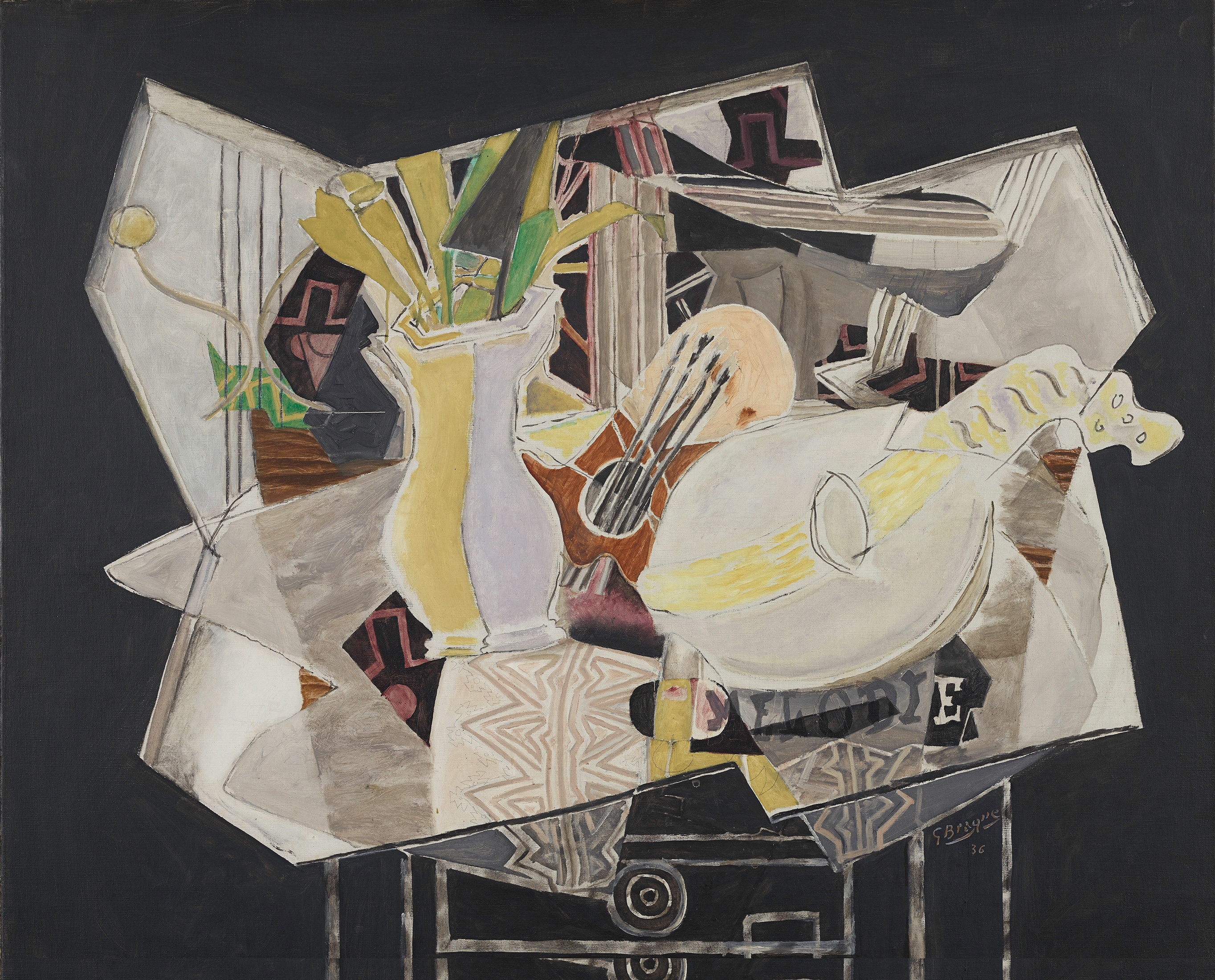
Co-organized by the Mildred Lane Kemper Art Museum at Washington University in St. museum exhibition dedicated to Braque in 16 years.

So argues Georges Braque and the Cubist Still Life, 1928-1945, the first major U.S. Indeed, the artist’s exactingly internal gaze was precisely what made his work relevant to questions of art, engagement and responsibility. While his attention to the private, secluded realm of the still life suggests disengagement with historical and political circumstances, the paintings themselves convey a more complex narrative. Yet Braque’s painting was not as separate from outside events as Braque might have it. But in the 1930s, as the rise of fascism brought new urgency to questions of aesthetics and politics - questions that entered mainstream consciousness with Picasso’s Guernica (1937) - Braque’s fractured still lifes and bourgeois interiors remained emphatically inward-looking. In the early 20th century, Georges Braque and Pablo Picasso invented Cubism and shook the foundations of Western art. © 2012 Artists Rights Society (ARS), New York / ADAGP, Paris. Oil, charcoal, and graphite on canvas, 32 x 39 5/8”.

The term Cubism, of course, comes from the word ‘cube’ which was used by a French art critic, Louis Vauxcelles, to describe one of his works in an exhibition in 1908.Georges Braque, Vase, Palette, and Mandolin, 1936. The most important work of Braque from this phase of Cubism, often known as ‘Analytical Cubism’ is ‘Houses at L’Estaque’ (1908). Braque’s paintings from this early phase bordered on the realms of the abstract, with twisted perspectives and somber colors.

While it was Picasso who introduced Braque to a world of distorted planes and shallow spaces, it was Braque who brought geometric forms to life, a touch that was inspired from his favorite idol, Cézanne. They influenced each other and fed off each other’s energies. This art form was a product of their frequent exchange of ideas. This was the beginning of a lifelong friendship, mutual respect, and artistic collaboration that was to give birth to a new revolutionary art form: Cubism. In 1907 came the next big turning point in the life of Braque, when he was introduced to an exciting young Spanish painter, Pablo Picasso. He was deeply influenced by the bold use of colors used as vehicles of emotions, and started painting in the fauvist style, although conservatively. However, the first of the two biggest turning points in his career as an artist came about when he visited the Paris Salon d’Automne in 1905 and witnessed the works of the artistic group known as ‘ Les Fauves’ or ‘The Wild Beasts’ which had the likes of Henri Matisse as its member. He was deeply influenced by Claude Monet, Camille Pissarro and later, Paul Cézanne. This was his umbilical cord with the region of Normandy, which was a glowing center of Impressionism during its height.

Many of his earliest works between 19, were Impressionist in nature. By this time, Braque, the artist, was crystallizing.
#GEORGE BRAQUE CUBISM FREE#
He served a year in the military, which seemed to strengthen his resolve to become an artist, studying painting in Paris, and spending a lot of his free time looking for inspiration and admiring ancient art in the revered halls of the Louvre museum.


 0 kommentar(er)
0 kommentar(er)
